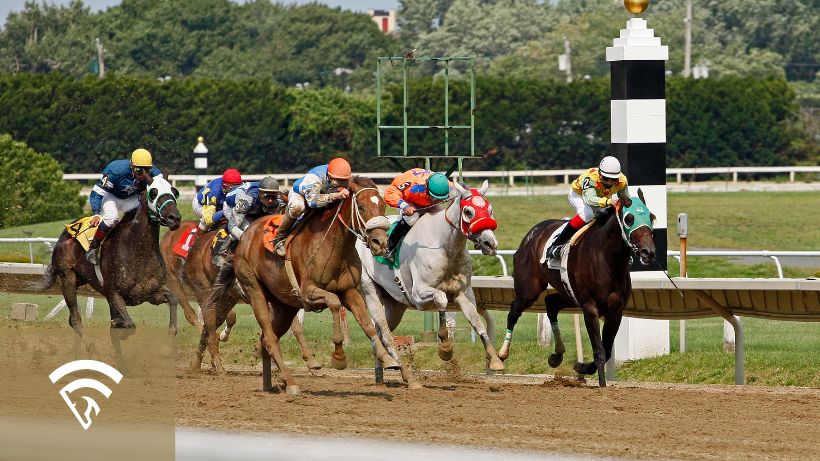What is a Trip in Horse Racing?
In horse racing, a "trip" is the path a horse takes from start to finish—everything that happens between the opening of the gate and the moment it crosses the wire. It includes how the horse broke, where it raced during each stage, how much ground it covered, and whether it encountered any challenges along the way.
Two horses might run the same final time, but one could have had a perfect trip while the other had to overcome traffic, wide turns, or poor positioning. Understanding trips is about reading between the lines—and often spotting what the results page doesn’t tell you.
Why Trips Matter More Than Results
Every chart shows where a horse finished. But it doesn’t always show how it got there. A horse that finishes fifth might have had a better effort than the winner, depending on the trip.
This is where replay review and race notes come in. Observing how a horse navigated the race, whether it saved ground, got blocked, ran wide, or had to wait for running room, can provide insight into a horse’s true performance and potential next time out.
Great trip handicappers don’t just analyze results. They track momentum shifts, positioning choices, and subtle shifts in rider decision-making. It’s part pattern recognition, part intuition, and part attention to detail.
Elements That Define a Trip
- Break and early position: Did the horse get out cleanly and settle where expected?
- Running lane: Was it up against the rail or forced wide around turns?
- Traffic trouble: Did it have to check, hesitate, or wait behind tiring horses?
- Pace flow: Was the horse too close to a fast pace or left with too much to do late?
- Rider intent: Did the jockey make a confident move or seem hesitant?
Some horses make their own trouble. Others are victims of bad racing luck. The job of the trip handicapper is to separate the two.
Trip Handicapping in Action
Let’s say a horse finishes fourth in a six-horse field and the comment line reads: “4w, mild gain.” On paper, that may not grab attention. But in the replay, you notice the horse was floated wide around both turns, lost several lengths in ground, and still closed willingly late. That’s a trip worth upgrading.
Now imagine the horse comes back in a similar spot but draws a better post and faces less speed. The public may overlook it due to the fourth-place finish, but you saw more.
That’s the power of trip work.
Building Skill Over Time
The more you watch, the more you start to see patterns, horses who always need a clean outside run, riders who consistently wait too long, or bias setups that punish certain trips.
It’s part of what makes the game endlessly fascinating. And it’s one of the few edges still available to players willing to do a bit more work.
For near real-time race outcomes that support your own trip review, check out EquinEdge’s Results page. Tracks like Thistledown and Colonial Downs are often full of under-the-radar races where good trip notes can give you the upper hand.
Final Thoughts
A trip is more than just a route, it’s the entire story of how a race was run. Mastering the art of trip evaluation won’t guarantee winners, but it will help you understand why horses win and lose, and that’s how long-term edges are built.
If you're ready to see beyond the finish line and start spotting real opportunities, sign up for an EquinEdge account today and begin betting with sharper insight.
